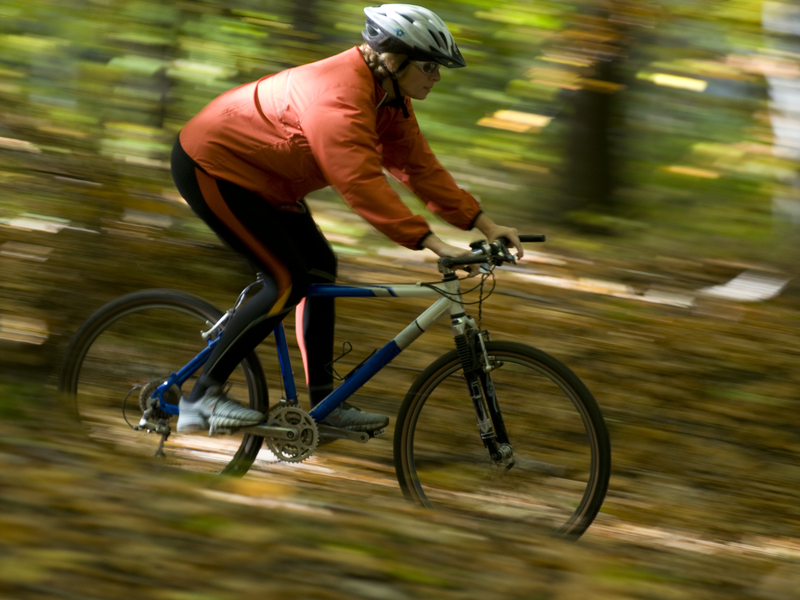Unfortunately, we can’t really practice what to do during a fall. However, you can read through the different strategies to follow when facing a fall in various situations. It’s particularly useful to know if you’re in the wilderness and want to avoid injuries.
Greater Heights Onto the Ground
You may still be able to survive a long fall if you use the following strategy:
Break your fall as much as possible. Reach out for anything that you can grab onto, even if it doesn’t look like it will hold your weight. If nothing is available, try to bump your body into the side of the building, or anything else that you can brush against.
Regardless of the height you are falling from, it is also important to try and orient your feet so that they point to the ground. In addition, when your feet are pointing to the ground, you can bend your knees slightly.
Finally, you will need to make sure your body is as relaxed as possible. As much as you may want to tense up, going limp is truly the best thing you can do. Practice using trigger words that create an immediate release in body tension.
On the Ice or Uneven Pavement
Here are the basic steps you should follow:
Your best option will be to go limp so that you reduce the force of impact as much as possible.
Land on your side with your head tucked in for safety. Try not to land on your knees, hands, back, or chin.
Try to curl yourself up into a ball so that you can roll. This effectively gives a wider surface area, so there is less force going through your body.
It is also very important to avoid sharp or dangerous objects that can do damage if you land on them.
From a Bike
There are four ways that you can be thrown from the bike, and also four techniques you can use to reduce injury as much as possible:
Over the Handle Bars – tuck your head into your chest and extend your leading arm. This is the arm that will absorb most of the impact of the fall. As soon as you impact with the ground, it is very important to start rolling onto your leading arm shoulder. Shield your head, face, neck, and back as much as possible by curling into a ball and lay on your back.
Over the High Side – Release your hands from the handles and make sure that your feet are not tangled up in the pedals. The best you can do with this situation is tuck your head in and curl yourself up into a ball. Let your body go limp.
From the Low Side – To minimize injury in this situation, try to get your lowermost shoulder aimed at the ground as it provides a broader base for the impact to spread on. You can also try putting your feet out in front of you in order to slow your momentum as much as possible.
Slow Sideways Fall – If your bike falls sideways slowly, lean away from the ground as much as possible. Let the bike fall to the ground as you try to stand up. As the bike hits the ground and moves your body along, once again roll onto your shoulder and then your back.
From a Moving Vehicle
Make sure that your elbows and knees are as well padded as possible.
It is also very important to pay attention to traffic and the road even if you aren’t the one driving. Depending on the rate of travel, you should be able to determine that a crash is happening within 3 to 5 seconds of the actual crash. If you know how to jump from a vehicle, you will need to use this time frame to do so. While this is a dangerous maneuver at low speeds, it may be a bit safer than being thrown from the vehicle.
No matter whether you are thrown from the vehicle or jump out, going limp is very important. You will also need to roll so that you minimize the impact as much as possible.
Once you stop moving, try to get out of the way.
Into a Pool or Calm Water
Inhale. If your lungs are empty when you hit the water, you will have less time to get to the surface before you are forced to take air in.
As with any other fall, let your body go limp.
Once you are in the water, try to spread your arms and legs out and turn over on your back. Your face should be pointing upward. If you do not know which direction is up, exhale a little bit and observe which direction the bubbles go in. Since they will always go up, simply turn yourself in that direction.
Greater Heights into Water
If your body falls into water from a great height, the water molecules can’t get out of your way fast enough. As a result, landing on water is just as bad, if not worse, than landing on concrete.
This is not something to practice, however just keep this information in mind in case it is needed.
Let your body go as limp as possible.
Orient your body so that your body is bent as if you are sitting in a car seat. Your feet should be positioned so they hit the water first. Bending at your knees and hips also takes the direct line of impact away from your major organs.
Knowing how to position your body based on the type of fall is very important.
What other tips have you come across for surviving different types of falls?
Article Source: Survivopedia
